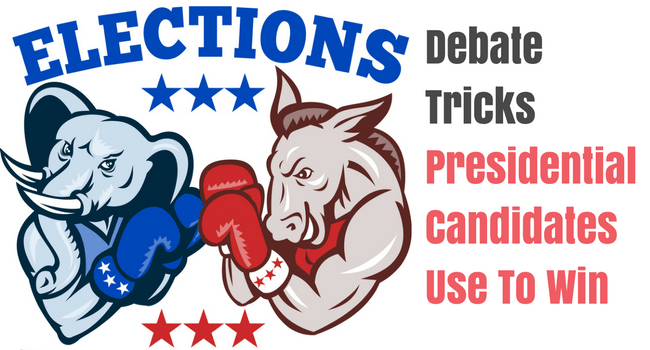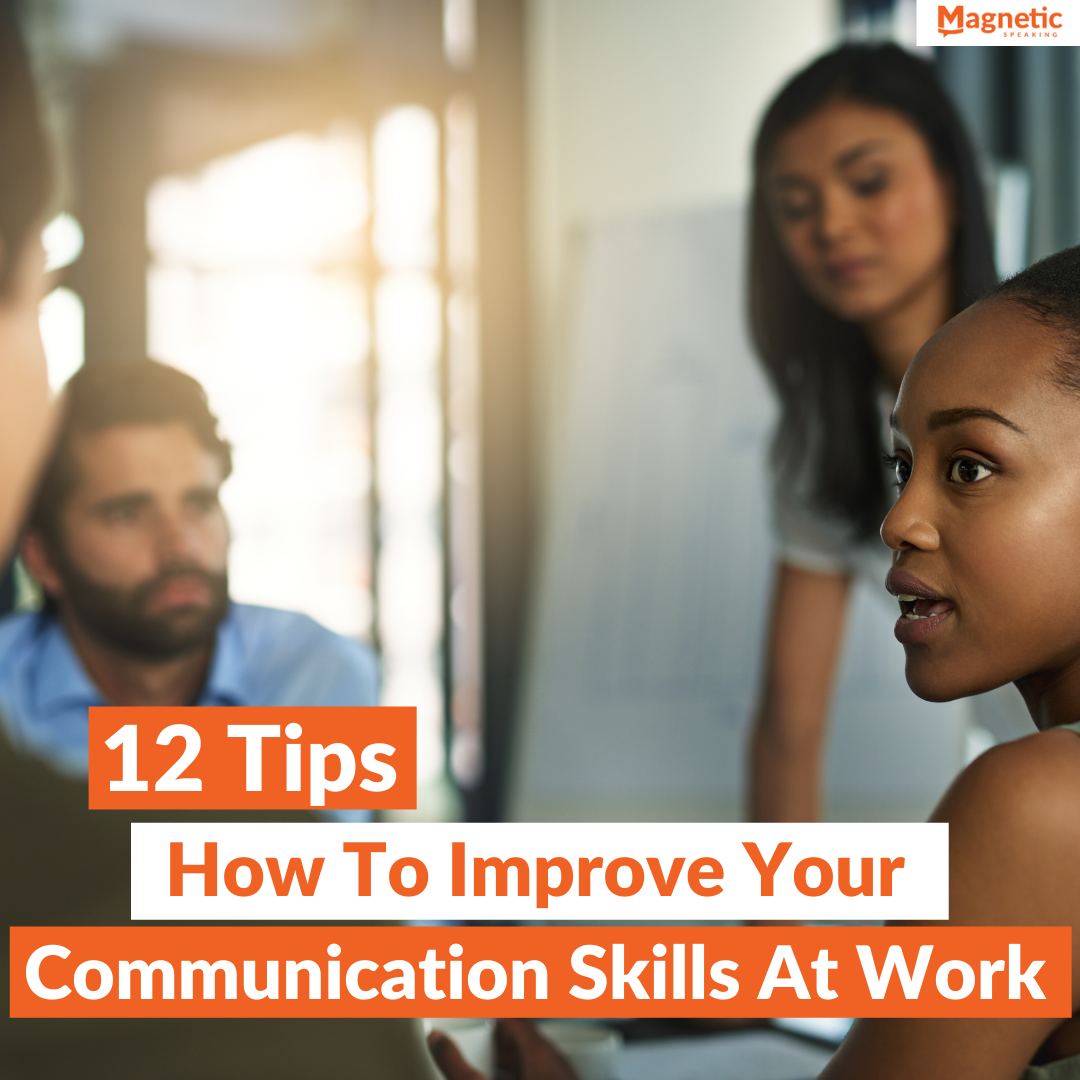For some, the next presidential debate between Hillary and Trump is going to be a “dog and pony show.”
For me, the debate will be a battleground where weapons of mass influence will be deployed and tested. It’s both exciting and scary because a lot is on the line. Every candidate has to bring their “A” game for maximum persuasion.
As a student of influence and persuasion for the past 15 years, I am fascinated with how these candidates will deploy their tricks, traps, attacks.
The attacks will be fast yet subtle.
If you blink, you might miss something. That’s why in this article, I lay out three tactics the candidates will use so that you don’t miss them in the debate.
Next Presidential Debate Tricks You Should Know About:
Trick #1: Focus on the bigger audience
In the next presidential debate, the candidates will focus on the larger audience at home and not the live audience attending the event in front of them.
Candidates know that numbers are what win elections. The Debate in 2016 will be at Hofstra University with a maximum seating capacity of 5025 seats. While even at full capacity, that number will not even make a dent at the polls.
The candidates know this and will be speaking to the cameras to appeal to the millions of viewers at home. In 2012, an estimated 67 million people watched the debate between President Obama and Romney.
Because of the massive difference in audience size, the candidates will be going after the public at home with their honed in weapons of mass persuasion; basically, each candidate will try to reach into your heart and your mind, while you sit at home and watch the debate.
Trick #2: Identity Attacks
Imagine, two witnesses on the stand in court and you are a jury member. One witness is a known criminal and a con artist. The second witness is a retired school teacher. The two witnesses have contradictory accounts of what happened.
With everything else being equal, who are you most likely to believe? The retired school teacher or the con artist?
Most likely you will believe the retired school teacher.
When you demonize someone, you cast a shadow on everything they do and say. If you label Hillary as a “Crook,” then anything she says to justify her positions will be viewed with skepticism. If you label Trump as “Racist,” then you will question his motives on immigration issues.
Example of Donald Trump Labeling Hillary as a Crook
https://www.youtube.com/watch?v=r4Ynr7crA4I
Example of Hillary Labeling Trump as Unfit and Dangerous
https://www.youtube.com/watch?v=2kwTVLoZ0d8
The Attacks Start Even Before The Debate
The labeling starts before we even get to the debate (that’s what negative campaigns are all about). You heard character attacks like a liar, corrupt, bigot, sexist, and misogynist thrown into the mix.
Expect to see more of these level identity attacks in the debate. Like you, I find this character attack despicable. However, I can’t deny it’s effectiveness.
There are two ways to respond to an identity attack.
You will see both exercised in the upcoming debate.
1. Attack back at the same level. Someone calls you a racist; then you call them a bully. If someone calls you a crook, then you call them ignorant.
2. Embrace the attack. Somebody calls you “petty.”
Then you say, “Damn right I am petty. It’s the future of the country we are talking about here, and I can’t let even the slightest things go by without examining them…”
Note: these strategies are for dealing with debates. Be careful if you want to use them with loved ones or in a professional setting because they can back fine.
Trick #3: Frame Control
During the 1984 presidential debate between Reagan and Mondale, President Reagan was challenged on being too old to be a president. He replied “I want you to know that. I will not make age an issue of this campaign. I am not going to exploit for political purposes my opponent’s youth and inexperience.”
At that moment, the frame of the conversation flipped, and the problem was not Reagan’s age, but his opponent’s youth and inexperience.
Usually, reframing follows the following basic formula. It’s not X, and it’s Y. It’s not about building a wall; it’s about national security. It’s not about political correctness; it’s about telling the truth for a change.
You will see the candidates use a variation of this strategy in the debates.
See this video of Hillary reframing trumps message “Make America great again.” To “Make America hate again.” (starting at 6:30)
[embedyt] http://www.youtube.com/watch?v=ypP9qXe8Ti0&start=390&width=450&height=283&iv_load_policy=3&showinfo=0&modestbranding=1[/embedyt]
You get the idea. You will see lots of reframing during the debates.
Conclusion
The next presidential debate can be an entertainment event, and it can also be a great learning opportunity. You will see the candidates battle it out with all they have got. They will use tricks, tactics, and attacks rivaling what you would see in any championship match. It will be fun, exciting, but also scary.
Follow up: Learn more about persuasion and influence by watching the debates intelligently. Make sure you sign up to our newsletter below this article to get more tips and analysis of the debates coming up.




